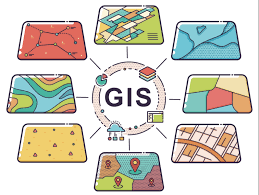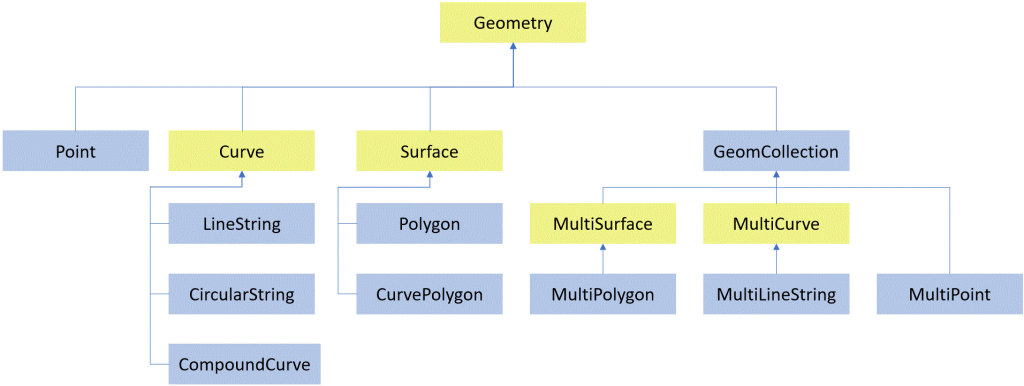I spent many years on spatial data modeling and migration on ESRI ArcGIS and ArcSDE, served nature resources sector. Spatial data migration is common when we get involved in map-related applications.

I worked on a project which requested spatial data migration from Oracle to SQL Server. I would like to give you a quick walk-through on how it can be done correctly.
First, let’s introduce some basic concepts:
- WKT & WKB: Well-known Text & Well-known Binary, text markup language defined by Open Geospatial Consortium (OGC), supported by Oracle 9i+, MS SQL Server 2008 R2+, PostgreSQL PostGIS M2, etc.
- Geometry & Geography: Geometry: Euclidean (flat) coordinate system; Geography: Round-earth coordinate system.
- Spatial Data Types: consist of simple types and collection types as illustrated below.

Second...
Read More


